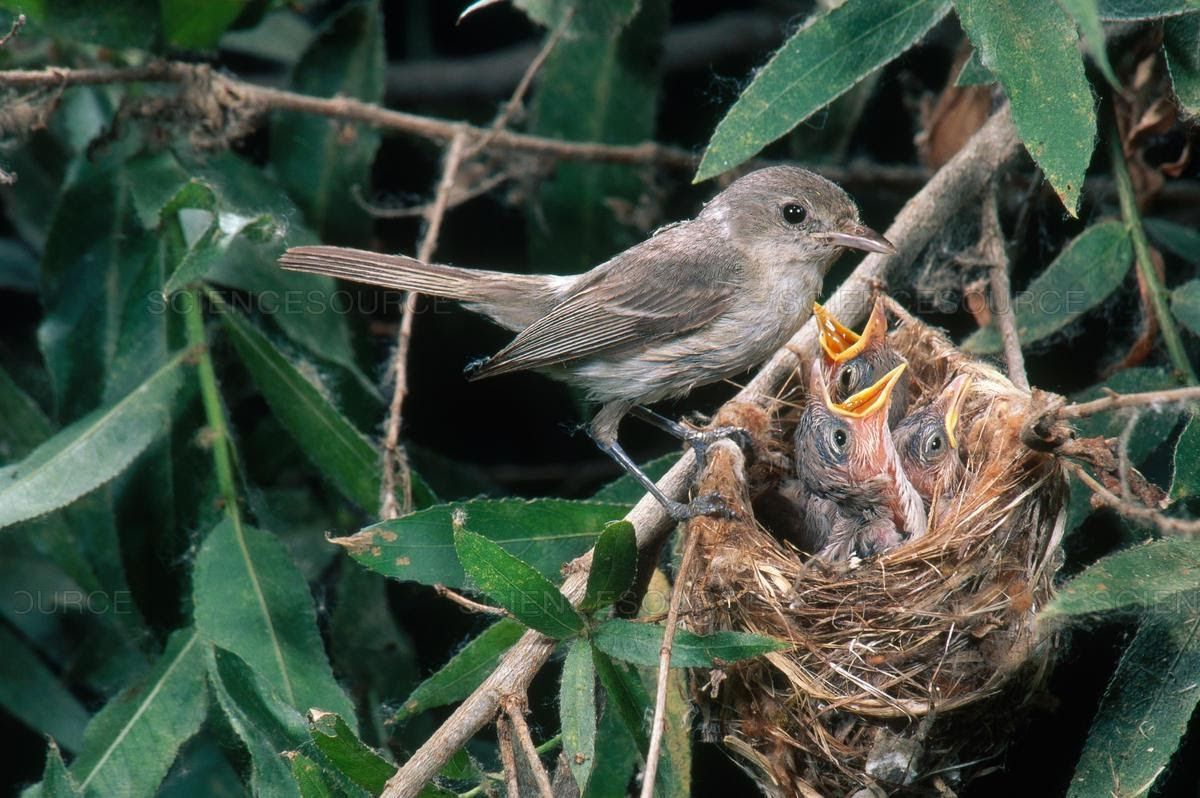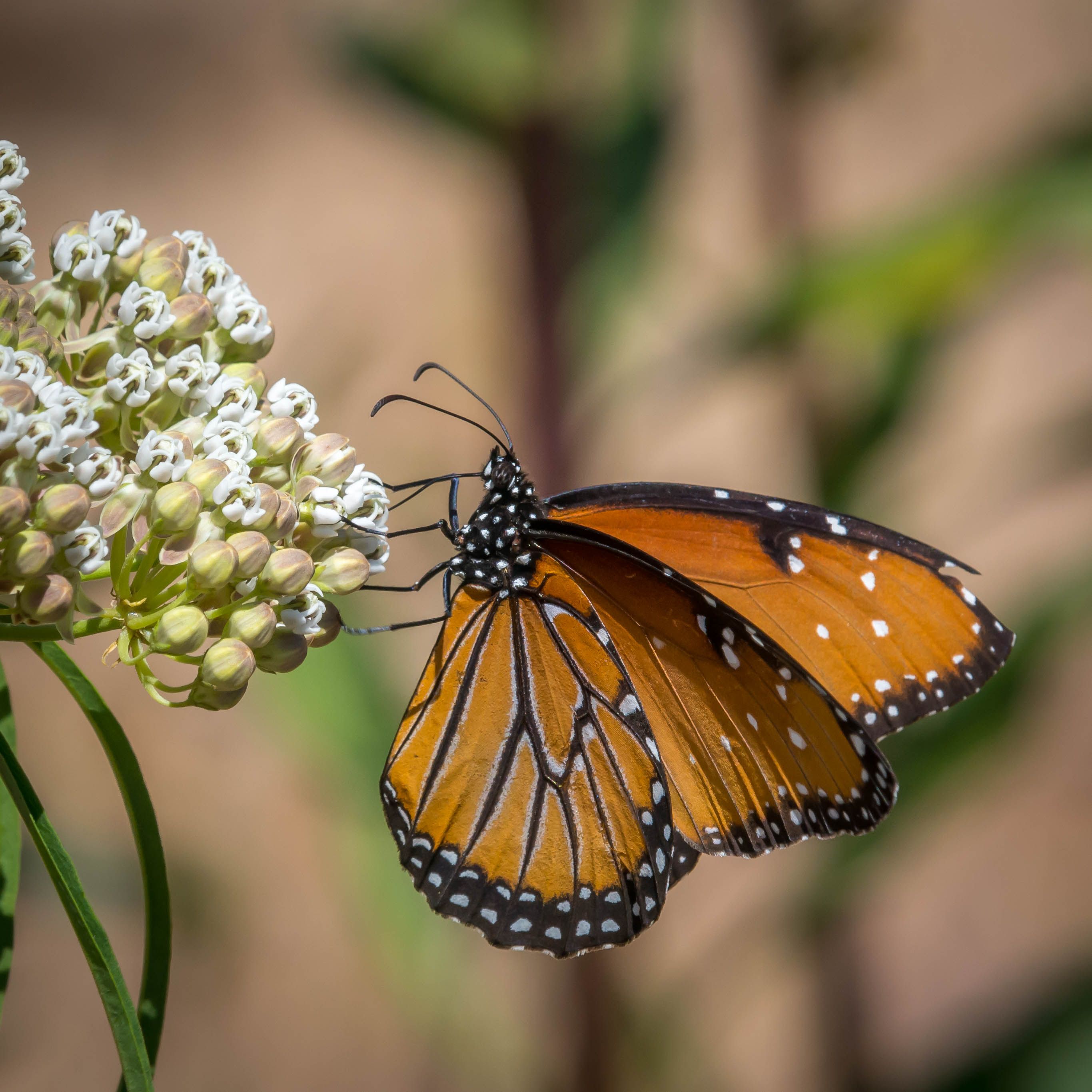
With Friday, May 15th marking Endangered Species Day, this week San Diego Audubon is highlighting five local endangered birds that benefit from the 1973 Endangered Species Act (ESA) and the resulting protection of habitat. In a number of cases, these endangered birds saw their numbers rebound and species saved as a result of the ESA, which has unfortunately seen a number of enforcement rollbacks over the last three years.
The Bell’s Vireo is a songbird found throughout North America, but its Southern California subspecies, known as the Least Bell’s Vireo (Vireo bellii pusillus), was listed as endangered by the U.S. Fish and Wildlife Service in 1986 due to an ongoing loss of habitat in the region, primarily due to development of riparian habitats in canyons and coastal areas.
Least Bell’s Vireo are small birds with short, rounded wings and straight, short bills, with a faint ring around their eyes. Their feathers are mostly gray with paler shades of gray running to white along their bellies. Adult species spend their day in small trees and dense shrubs along rivers and streams, relying on a diet of insects and spiders. Beginning in April, female Least Bell’s Vireo lay four eggs up to four times per year, with young birds leaving their nest some 10 to 12 days after hatching.
Unfortunately, Least Bell’s Vireo nests are typically found within two feet of the ground, which makes unhatched eggs and chicks particularly vulnerable to predation from cats, raccoons, rats, and coyotes, all of which are found near housing and business developments. Scrub jays, hawks, and snakes are also common natural predators.
Although they’ve been spotted as far north as Santa Clara County, the extraordinarily biodiverse set of habitats and open space in San Diego County remains home to the greatest number of Least Bell’s Vireo. A substantial number of the county’s population lives in the drainages of Camp Pendleton that make up the Santa Margarita River watershed, and the Otay Valley Regional Park offers some of the best, most accessible visibility opportunities. San Diego Audubon is working with the rangers here to improve habitat to benefit riparian species, as well as local pollinators.
Help This Bird: Since its classification as endangered in 1986, the Least Bell’s Vireo population has increased from 291 pairs statewide, to 2,968 pairs in Southern California. But the Least Bell’s Vireo needs the verdant riparian habitat of canyons and stream beds in coastal areas to survive. The ESA is capable of stopping or requiring modification of proposed developments in order to preserve habitat for this species, which is essential as their population is still so low that they are not safe from extinction.
Please contact your federal elected official and ask them to support conservation policy in Congress to incentivize coastal wetland protection and restoration for carbon storage in order to help the Least Bell’s Vireo.
Fun Fact: As songbirds, the Least Bell’s Vireo are known to be chatty and melodic, with male birds often signing up to 15 different varieties of song.
Photo by Anthony Mercieca.














